A 3d rnav system has capability in the horizontal plane ? [ Exam pilot ]
Question 60-1 : And in the vertical plane as well as in the vertical plane and a timing function and a speed management system and a cruise management system
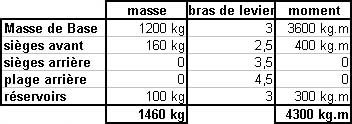 And in the vertical plane.
And in the vertical plane. The navigational function of the horizontal situation indicator hsi in relation ?
Question 60-2 : The indication of the cross track distance xtk the indication of the rnp the indication of the track angle error tke the indication of the wind component
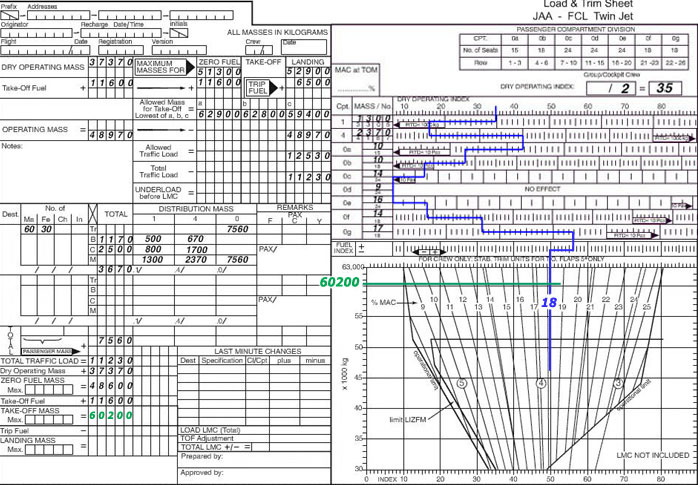 The indication of the cross track distance (xtk).
The indication of the cross track distance (xtk). Which of the following statements about 4d rnav are correct or incorrect .1 ?
Question 60-3 : I is correct ii is correct i is incorrect ii is correct i is incorrect ii is incorrect i is correct ii is incorrect
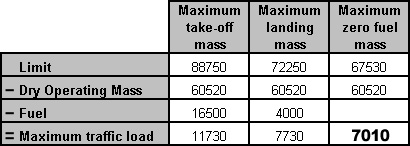 I is correct, ii is correct.
I is correct, ii is correct. A basic rnav b rnav system requires ?
Question 60-4 : Rnp5 rnp3 rnp1 rnp2
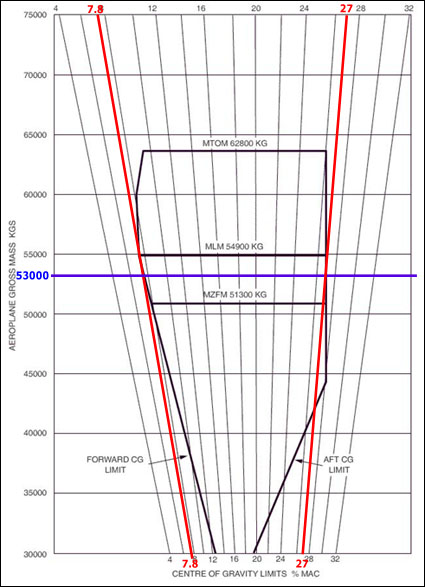 Rnp5.
Rnp5. A precision rnav prnav system requires ?
Question 60-5 : Rnp1 rnp5 rnp2 rnp3
 Rnp1.
Rnp1. In order to give the flight crew control of the required lateral guidance ?
Question 60-6 : Control automatically the speed the aircraft in order to arrive in the next waypoint at a specified time timing function execute a modified flight plan after positive action by the flight crew conform to wgs 84 for positioning fly parallel tracks at a selected offset distance
In an electronic flight instrument system efis data relating primarily to ?
Question 60-7 : Flight control computers flight management computers autothrottle flight control computers inertial reference systems autothrottle flight management computers flight control computers air data computers air data computer inertial reference systems autothrottle
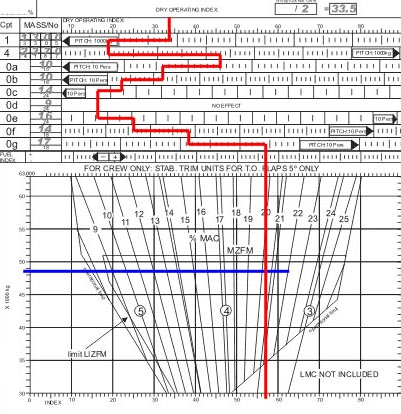 Flight control computers, flight management computers, autothrottle.
Flight control computers, flight management computers, autothrottle. In accordance with icao doc 9613 an aircraft equipped to operate to rnp1 or ?
Question 60-8 : Compute estimated error of position compute exact error of position correct for exact error of position correct for estimate error of position
Which of the following information are input data into a 4d rnav system .1 dme ?
Question 60-9 : 1 2 3 and 4 1 4 2 3 and 4 1 3
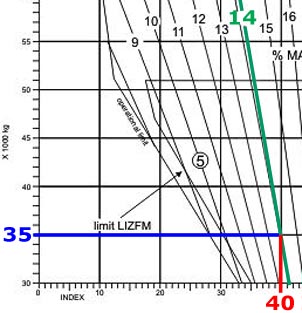 1, 2, 3 and 4.
1, 2, 3 and 4. Which of the following information are output data from a 4d rnav system .1 ?
Question 60-10 : 1 4 1 2 2 3 2 4
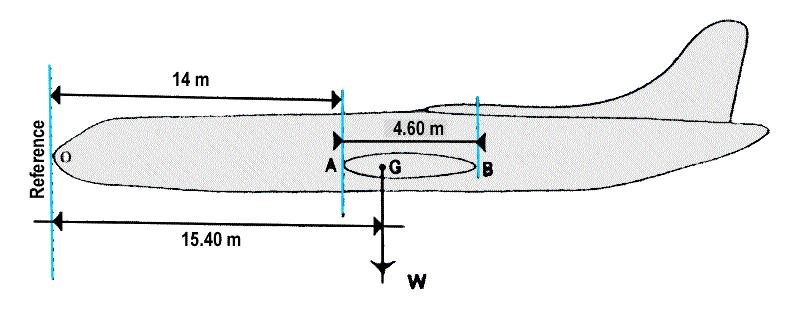 1 - 4.
1 - 4. Comparing a 3d rnav with 4d rnav a 4d rnav system has in addition a capability ?
Question 60-11 : Timing function vertical profile guidance horizontal profile guidance horizontal and vertical profile guidance
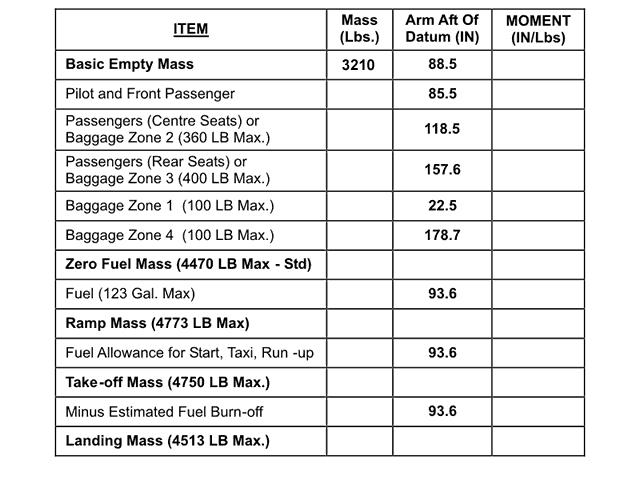 Timing function.
Timing function. Concerning fms position update accuracy an rnav vor/dme system shall reach an ?
Question 60-12 : 5 nm more or less 0 28 nm 1 nm 3 nm + 3 nm per flight hour
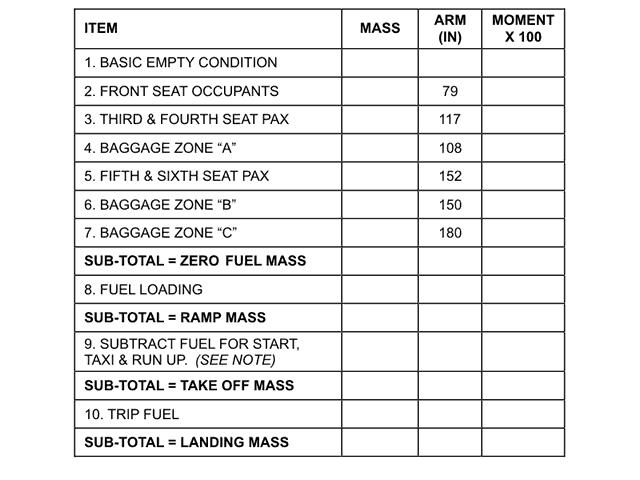 5 nm.
5 nm. An fms is tuned to a dme to improve positioning and displays the dme identifier ?
Question 60-13 : The frequency will be displayed instead of the identifier the identifier will be recovered from the fms memory and displayed in amber color a different dme will be automatically selected by the system for positioning purposes an warning message will be displayed on the cdu
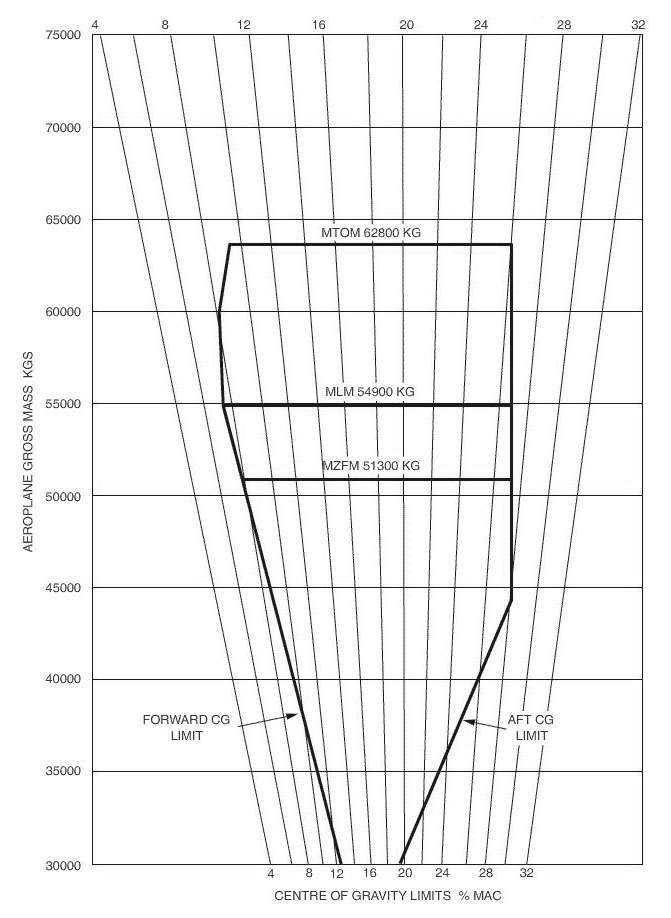 The frequency will be displayed instead of the identifier.
The frequency will be displayed instead of the identifier. The calculated output data from a 4d rnav system are .1 distance to any ?
Question 60-14 : 1 3 1 2 2 3 1 4
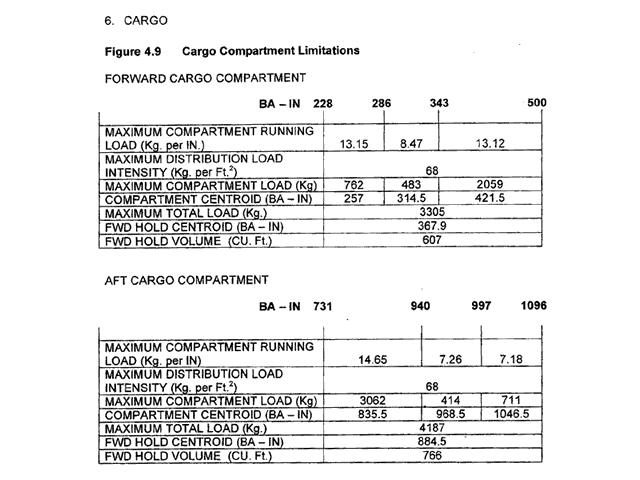 1, 3.
1, 3. To carry out a guidance on the horizontal and vertical plane and with a speed ?
Question 60-15 : Lnav + vnav hdg + vz + speed nav + speed trk + speed
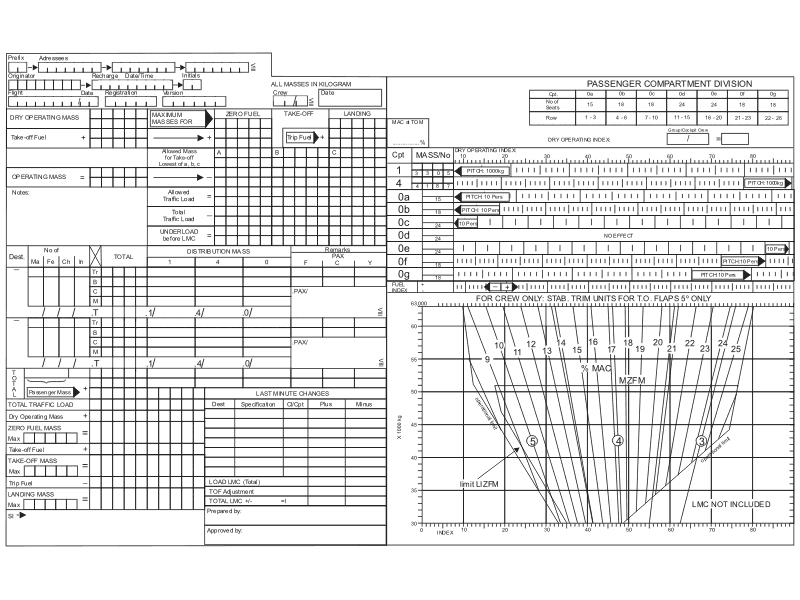 Lnav + vnav.
Lnav + vnav. What are the input data of an rnav system with vor/dme position update ?
Question 60-16 : A waypoint + a vor/dme signal + one desired track a waypoint + a vor/dme signal + a desired heading the desired track and the desired heading a vor/dme signal + one desired track
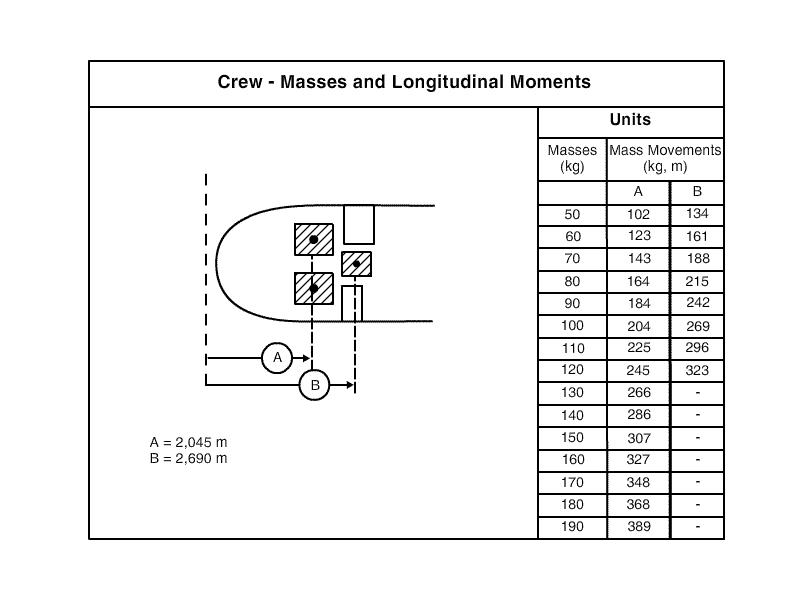 A waypoint + a vor/dme signal + one desired track.
A waypoint + a vor/dme signal + one desired track. You are requested to descend at a specific level and overfly a waypoint at a ?
Question 60-17 : 4d rnav 2d precision rnav 3d rnav 2d rnav
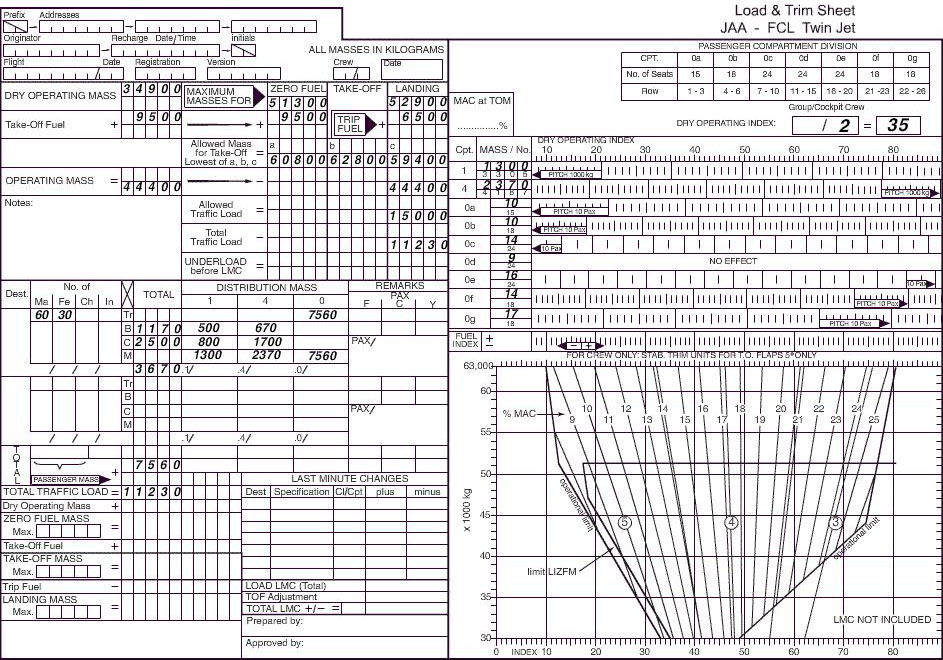 4d rnav.
4d rnav. In order to give the flight crew control of the required lateral guidance ?
Question 60-18 : Provide guidance to another selected flight level execute a direct clearance to any waypoint display present position in latitude/longitude or as distance/bearing to the selected waypoint display cross track error on the cdu
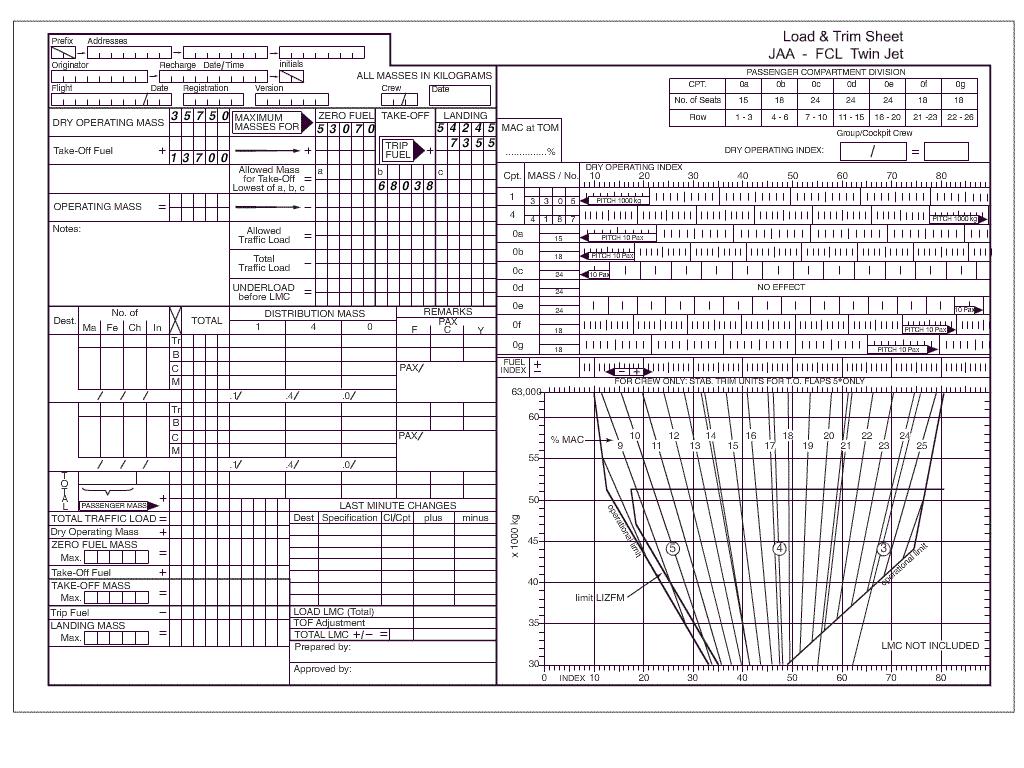 Provide guidance to another selected flight level.
Provide guidance to another selected flight level. In order to give the flight crew control of the required lateral guidance ?
Question 60-19 : Display the satellites used by the gps receiver on the cdu fly parallel tracks at a selected offset distance indicate navigation equipment failure assemble flight plans by joining routes or route segments
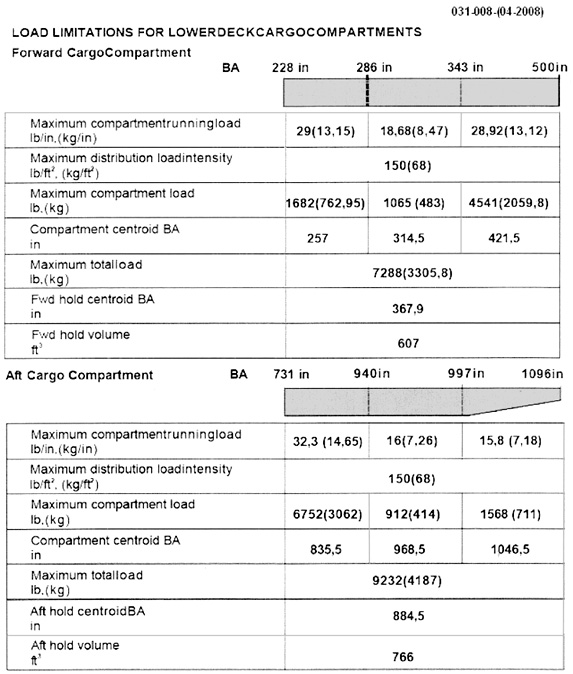 Display the satellites used by the gps receiver on the cdu.
Display the satellites used by the gps receiver on the cdu. Which statement is true about the navigational database of a fms ?
Question 60-20 : Crew created navigational data may be saved in additional space in the database it is valid for an unlimited time the crew is able to modify the navigational database in the fms between two updates it is valid for 56 days
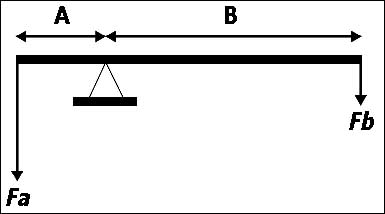 Crew-created navigational data may be saved in additional space in the database.
Crew-created navigational data may be saved in additional space in the database. For what purpose does an aircraft's rnav computer receive a tas input and a ?
Question 60-21 : To calculate the actual wind velocity to provide a speed correction to the gps receiver to calculate the cross track error to control continuously the position
 To calculate the actual wind velocity.
To calculate the actual wind velocity. The low altitude radio altimeters used in precision approaches .1 operate in ?
Question 60-22 : 3 5 3 4 2 3 4 1 2 5
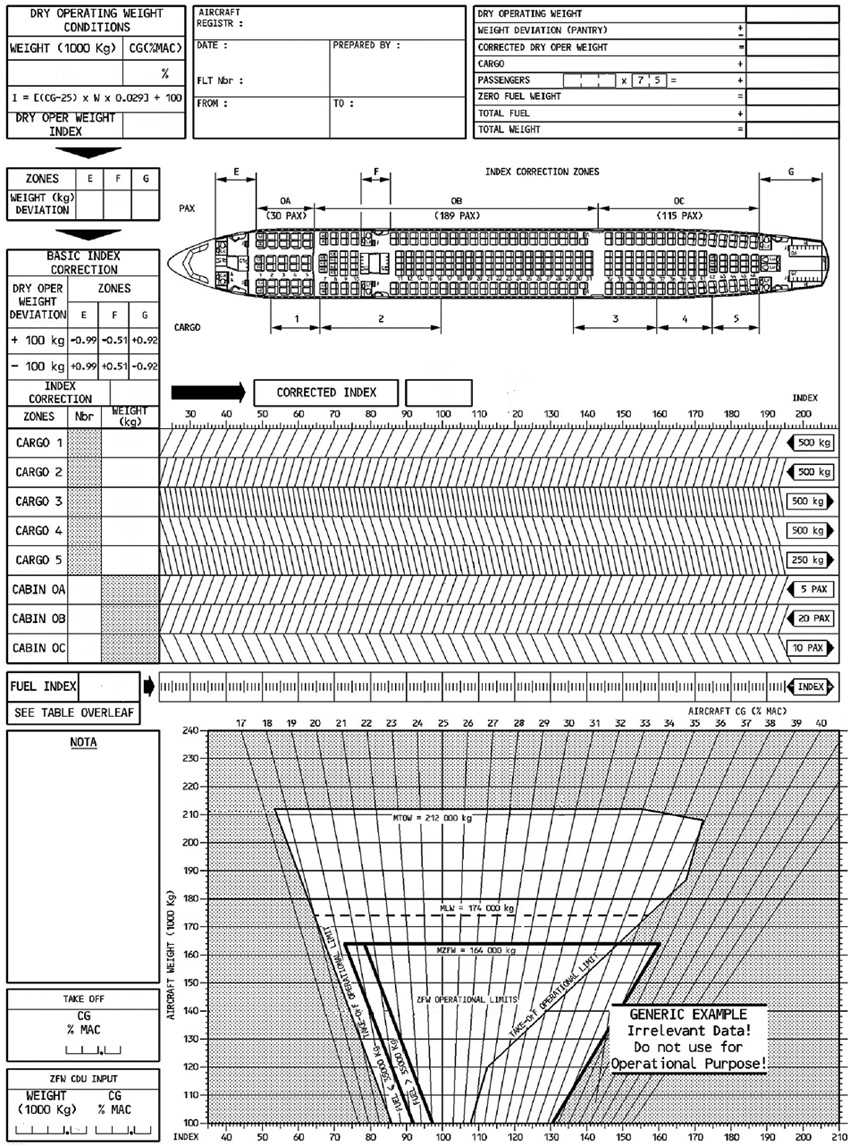 3, 5.
3, 5. The data supplied by a radio altimeter ?
Question 60-23 : Indicates the distance between the ground and the aircraft concerns only the decision height is used only by the radio altimeter indicator is used by the automatic pilot in the altitude hold mode
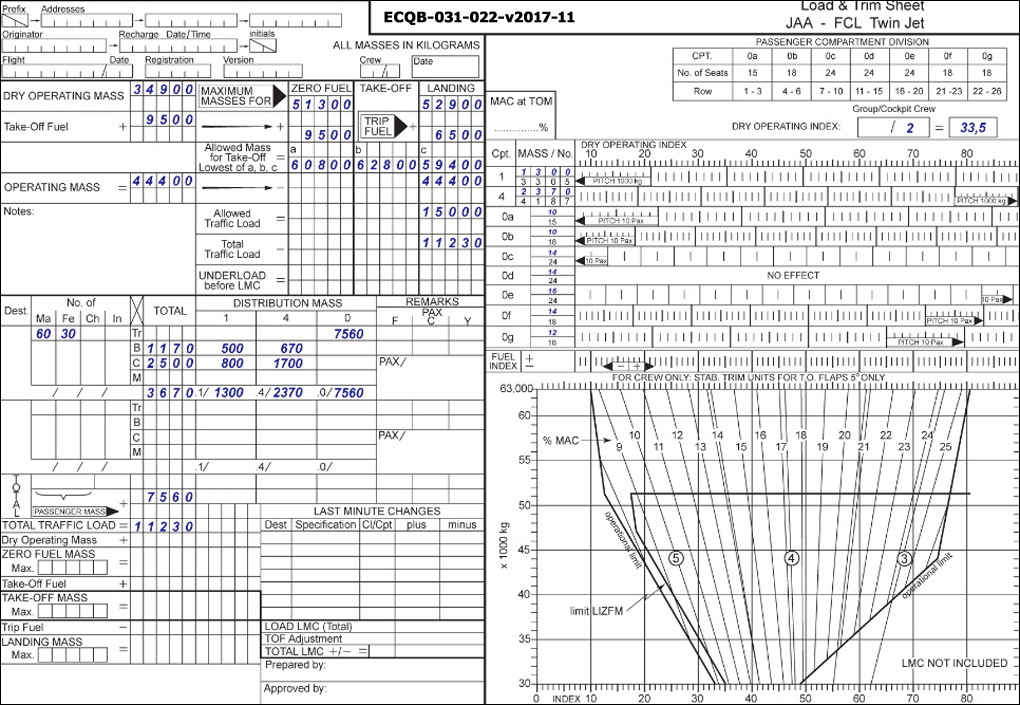 Indicates the distance between the ground and the aircraft.
Indicates the distance between the ground and the aircraft. The aircraft radio equipment which emits on a frequency of 4400 mhz is the ?
Question 60-24 : Radio altimeter high altitude radio altimeter weather radar primary radar
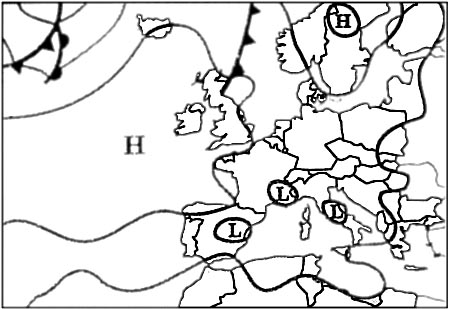 Radio altimeter.
Radio altimeter. The gpws computer receives the following signals .1 vertical speed.2 radio ?
Question 60-25 : 1 2 4 5 1 3 4 5 6 1 2 5 6 2 3 4 6
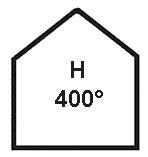 1, 2, 4, 5.
1, 2, 4, 5. The operating frequency range of a low altitude radio altimeter is ?
Question 60-26 : 4200 mhz to 4400 mhz 5400 mhz or 9400 mhz 2700 mhz to 2900 mhz 5 ghz
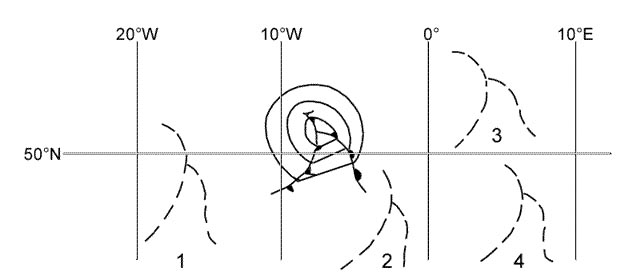 4200 mhz to 4400 mhz.
4200 mhz to 4400 mhz. In a radio altimeter the height measurement is based upon ?
Question 60-27 : A frequency modulation wave for which the frequency variation between the transmitted wave and the received wave after ground reflection is measured a pulse transmission for which time between transmission and reception is measured on a circular scanning screen a wave transmission for which the frequency shift by doppler effect after ground reflection is measured a triangular amplitude modulation wave for which modulation phase shift between transmitted and received waves after ground reflection is measured
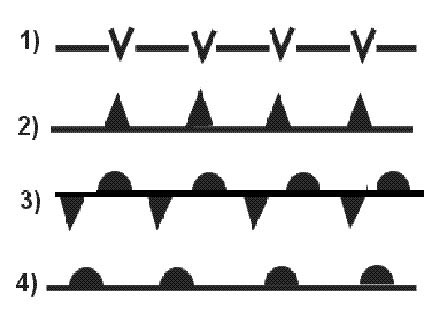 A frequency modulation wave, for which the frequency variation between the transmitted wave and the received wave after ground reflection is measured.
A frequency modulation wave, for which the frequency variation between the transmitted wave and the received wave after ground reflection is measured. The decision height dh warning light comes on when an aircraft ?
Question 60-28 : Descends below a pre set radio altitude descends below a pre set barometric altitude passes over the ils inner marker passes over the outer marker
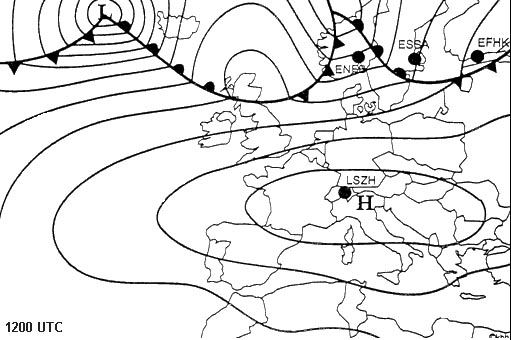 Descends below a pre-set radio altitude.
Descends below a pre-set radio altitude. The maximum operating speed vmo is expressed in ?
Question 60-29 : Cas or eas tas or eas cas or tas tas only
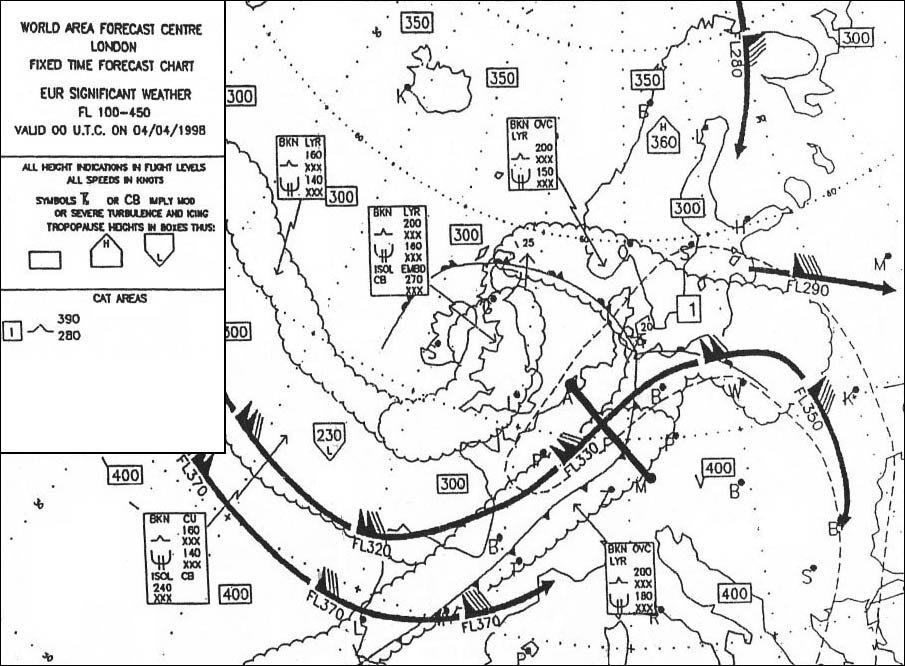 Cas or eas.
Cas or eas. A vmo mmo warning device consists of an alarm connected to ?
Question 60-30 : A barometric aneroid capsule subjected to a static pressure and an airspeed sensor subjected to a dynamic pressure a barometric aneroid capsule subjected to a dynamic pressure and an airspeed sensor subjected to a static pressure a barometric aneroid capsule and an airspeed sensor subjected to dynamic pressure a barometric aneroid capsule and an airspeed sensor subjected to a static pressure
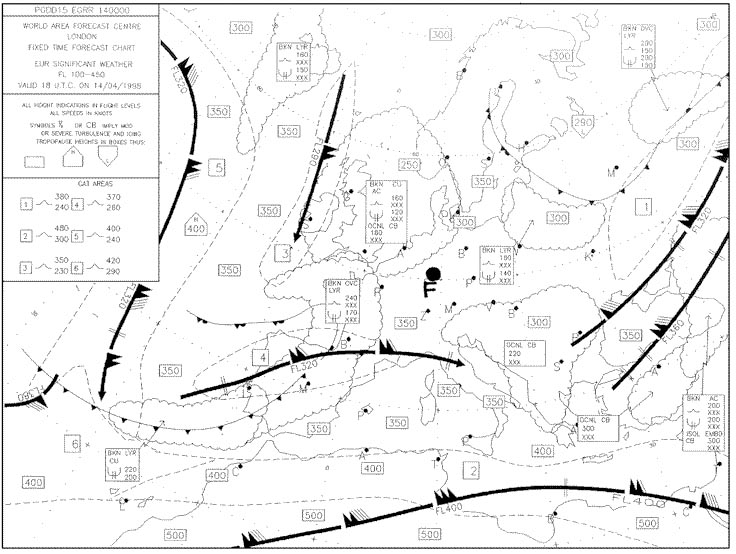 A barometric aneroid capsule subjected to a static pressure and an airspeed sensor subjected to a dynamic pressure.
A barometric aneroid capsule subjected to a static pressure and an airspeed sensor subjected to a dynamic pressure. When the intruding aircraft is equipped with a transponder without altitude ?
Question 60-31 : 'traffic advisory' only 'traffic advisory' and vertical 'resolution advisory' 'traffic advisory' and horizontal 'resolution advisory' 'traffic advisory' vertical and horizontal 'resolution advisory'
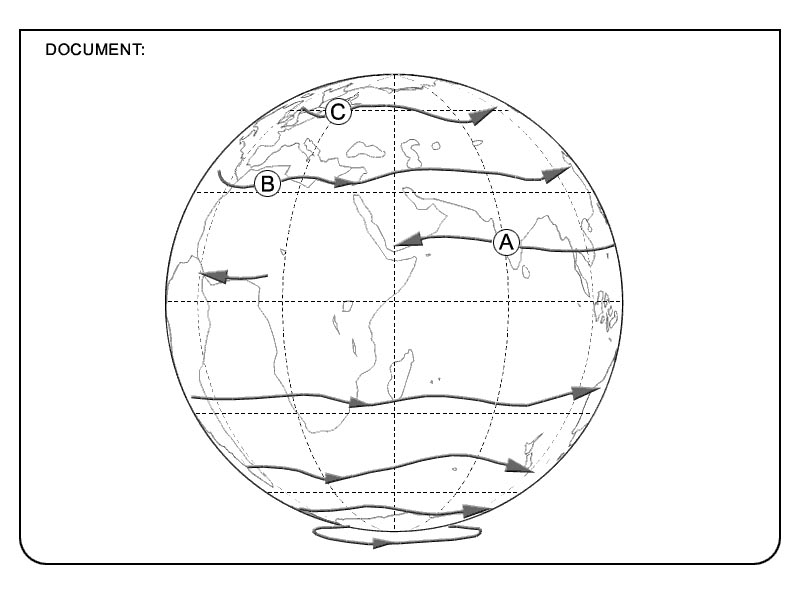 'traffic advisory' only.
'traffic advisory' only. When the intruding aircraft is equipped with a serviceable mode c transponder ?
Question 60-32 : 'traffic advisory' and vertical 'resolution advisory' 'traffic advisory' and horizontal 'resolution advisory' vertical 'traffic advisory' and an horizontal 'resolution advisory' 'traffic advisory' vertical and horizontal 'resolution advisory'
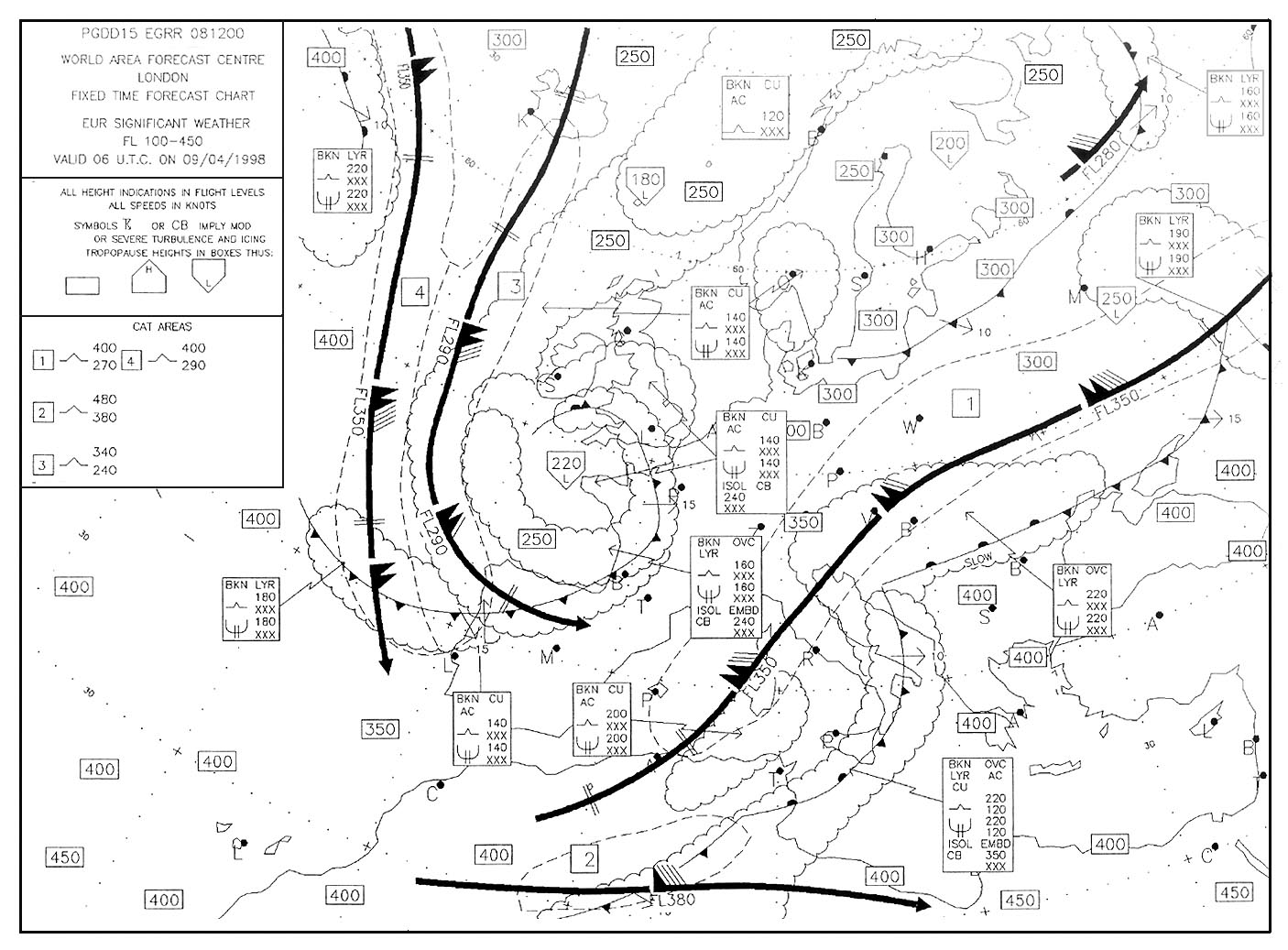 'traffic advisory' and vertical 'resolution advisory'.
'traffic advisory' and vertical 'resolution advisory'. The gpws generates a warning in the following cases .1 excessive descent ?
Question 60-33 : 1 2 3 4 5 1 2 5 2 4 1 3 4
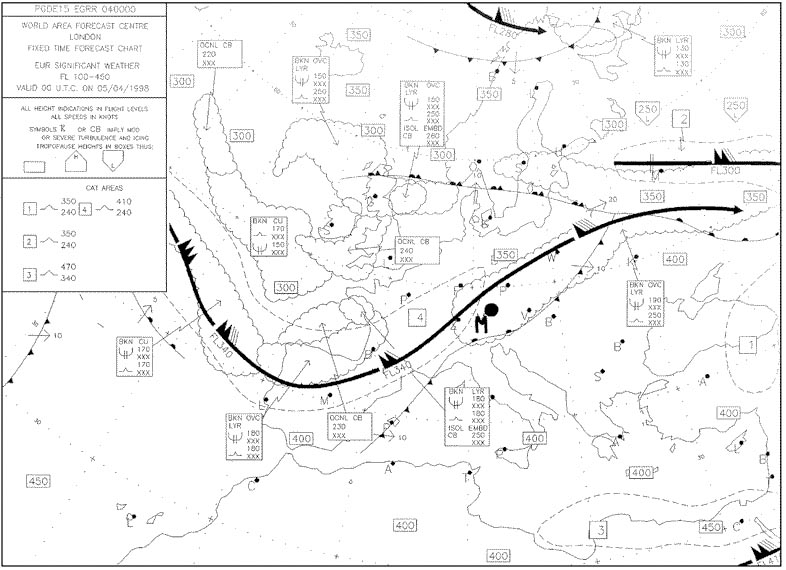 1, 2, 3, 4, 5.
1, 2, 3, 4, 5. The operation of the radio altimeter of a modern aircraft is based on ?
Question 60-34 : Frequency modulation of the carrier wave amplitude modulation of the carrier wave pulse modulation of the carrier wave a combination of frequency modulation and pulse modulation
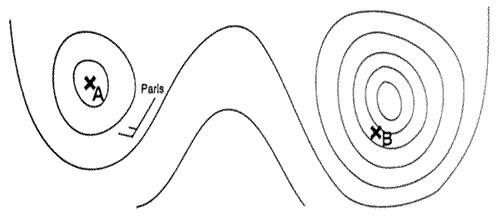 Frequency modulation of the carrier wave.
Frequency modulation of the carrier wave. Concerning the tcas ii ?
Question 60-35 : No protection is available against aircraft not equipped with a serviceable ssr transponder in one of the system modes the warning 'too low terrain' is generated in one of the system modes the warning 'pull up' is generated no protection is available against aircraft not equipped with a serviceable fms
 No protection is available against aircraft not equipped with a serviceable ssr transponder
No protection is available against aircraft not equipped with a serviceable ssr transponder The tcas ii gives avoidance resolutions ?
Question 60-36 : Only in the vertical plane only in the horizontal plane in horizontal and vertical planes based on speed control
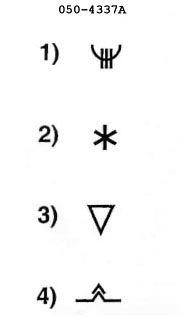 Only in the vertical plane
Only in the vertical plane The principle of the tcas makes use of ?
Question 60-37 : Transponders fitted in the aircraft fms air traffic control radar systems airborne weather radar system
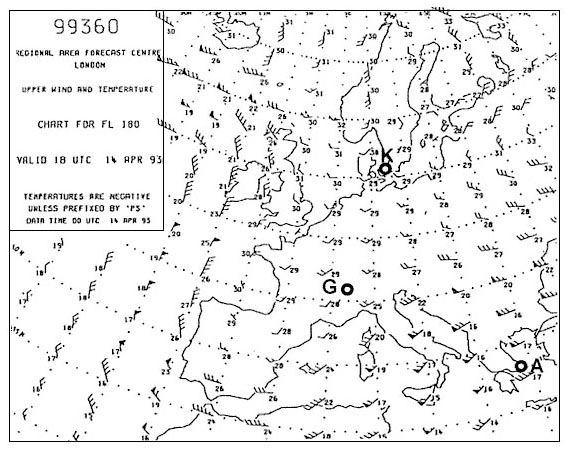 Transponders fitted in the aircraft.
Transponders fitted in the aircraft. A radio altimeter can be defined as a ?
Question 60-38 : Self contained on board aid used to measure the true height of the aircraft self contained on board aid used to measure the true altitude of the aircraft ground radio aid used to measure the true height of the aircraft ground radio aid used to measure the true altitude of the aircraft
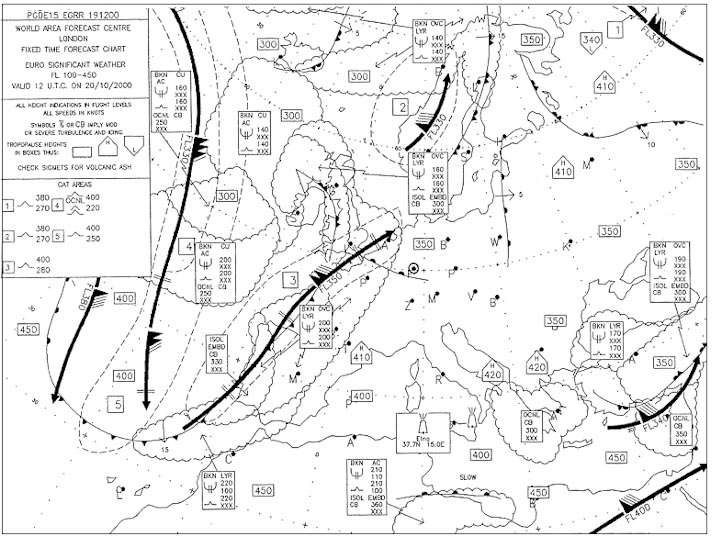 Self-contained on-board aid used to measure the true height of the aircraft
Self-contained on-board aid used to measure the true height of the aircraft The ground proximity warning system gpws generates the following sound signal ?
Question 60-39 : Don't sink repetitive only whoop whoop pull up repetitive only don't sink always followed by whoop whoop pull up don't sink followed by whoop whoop pull up if the sink rate overshoots a second level
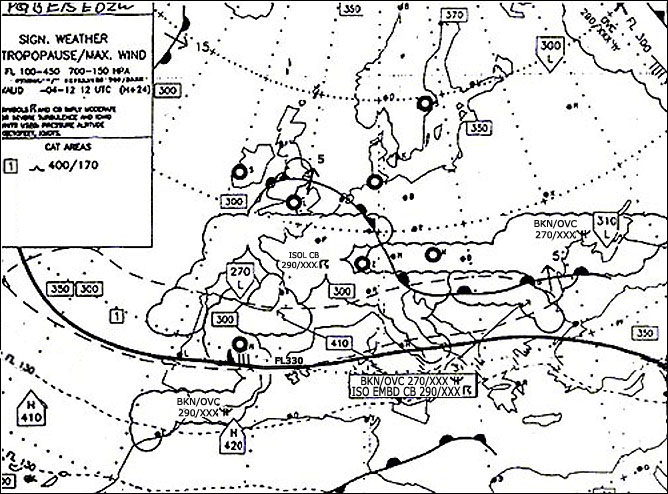 Don't sink repetitive only
Don't sink repetitive only A ground proximity warning system gpws when mandatory installed on board an ?
Question 60-40 : At least one sound alarm to which a visual alarm can be added a sound and visual alarm a visual alarm to which a sound alarm can be added a sound alarm or a visual alarm
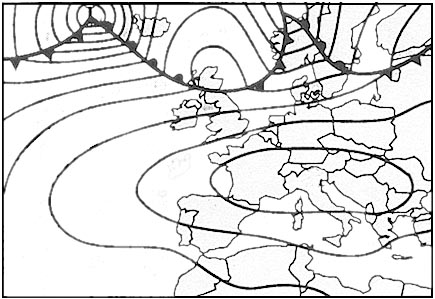 At least one sound alarm to which a visual alarm can be added.
At least one sound alarm to which a visual alarm can be added. ~
Exclusive rights reserved. Reproduction prohibited under penalty of prosecution.
2359 Free Training Exam
